New potentially dangerous asteroids discovered
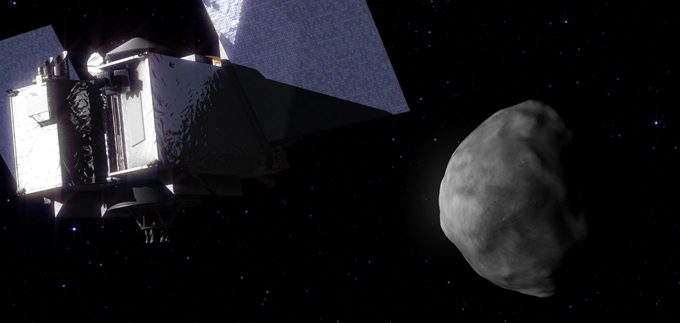
NASA's Near-Earth Object Wide-field Infrared Survey Explorer (NEOWISE) mission has released its third year of survey data, with the spacecraft discovering 97 previously unknown celestial objects in the last year
NASA's Near-Earth Object Wide-field Infrared Survey Explorer (NEOWISE) mission has released its third year of survey data, with the spacecraft discovering 97 previously unknown celestial objects in the last year
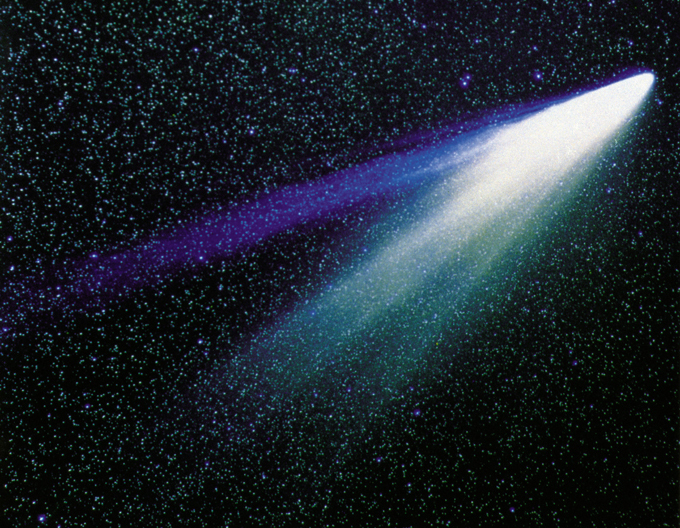
Of those, 28 were near-Earth objects, 64 were main belt asteroids and five were comets.
Of those, 28 were near-Earth objects, 64 were main belt asteroids and five were comets.

Asteroids 60 meters wide ram into Earth approximately once every 1500 years, although a collision with an asteroid 400 meters in diameter is possible every 100,000 years
Asteroids 60 meters wide ram into Earth approximately once every 1500 years, although a collision with an asteroid 400 meters in diameter is possible every 100,000 years
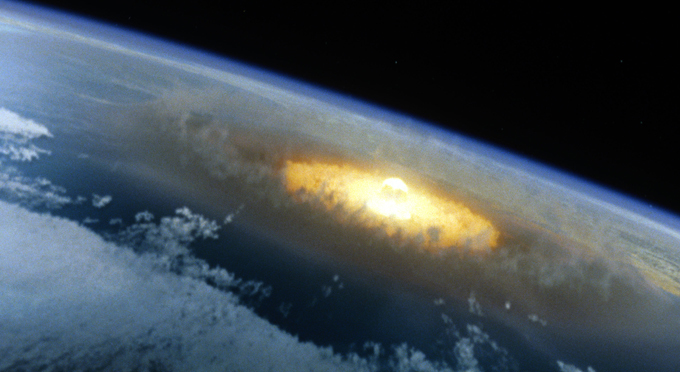
Near-Earth objects (NEOs) are comets and asteroids that have been nudged by the gravitational attraction of the planets in our solar system into orbits that allow them to enter Earth's neighborhood. Ten of the objects discovered by NEOWISE in the past year have been classified as potentially hazardous asteroid
Near-Earth objects (NEOs) are comets and asteroids that have been nudged by the gravitational attraction of the planets in our solar system into orbits that allow them to enter Earth's neighborhood. Ten of the objects discovered by NEOWISE in the past year have been classified as potentially hazardous asteroid
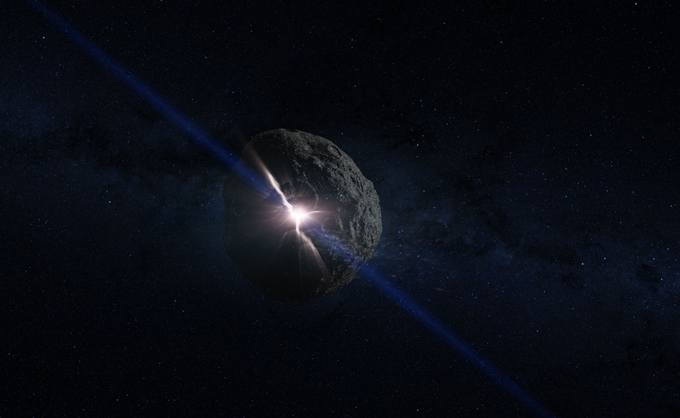
Comets are much more dangerous than asteroids, becasue comets travel a lot faster than asteroids. Asteroids fly at about 25-30 km per second. The speed of a comet is about 70 km per second
Comets are much more dangerous than asteroids, becasue comets travel a lot faster than asteroids. Asteroids fly at about 25-30 km per second. The speed of a comet is about 70 km per second
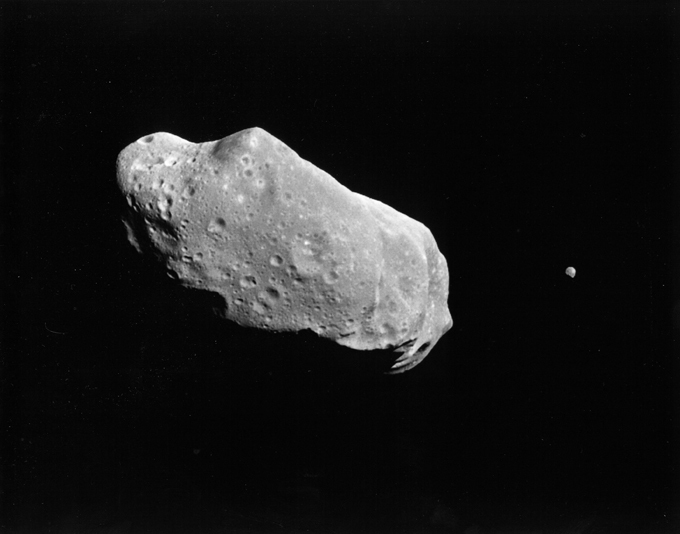
An object of 20 km or more would likely cause mass extinction
An object of 20 km or more would likely cause mass extinction
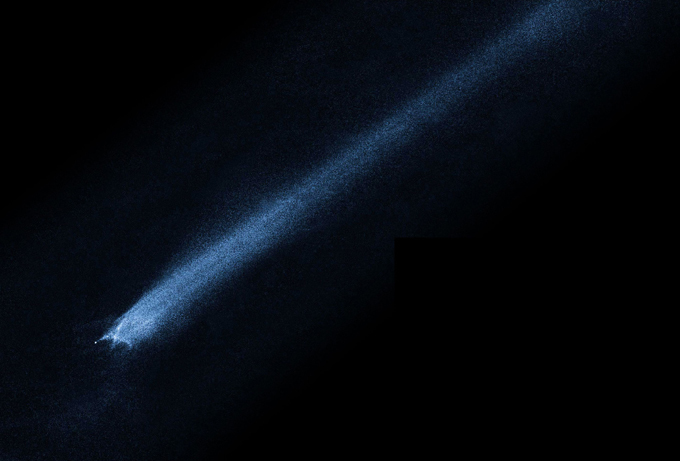
A relatively small object of just one and a half km in diameter hitting the Earth would release more energy than all the atomic bombs ever detonated
A relatively small object of just one and a half km in diameter hitting the Earth would release more energy than all the atomic bombs ever detonated
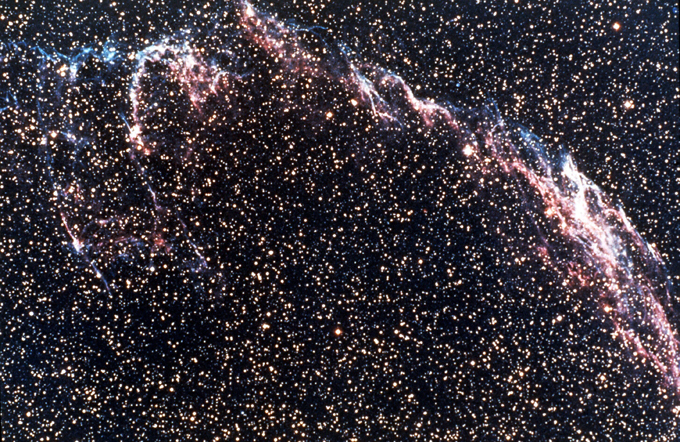
More than 2.6 million infrared images of the sky were collected in the third year of operations by NEOWISE
More than 2.6 million infrared images of the sky were collected in the third year of operations by NEOWISE



